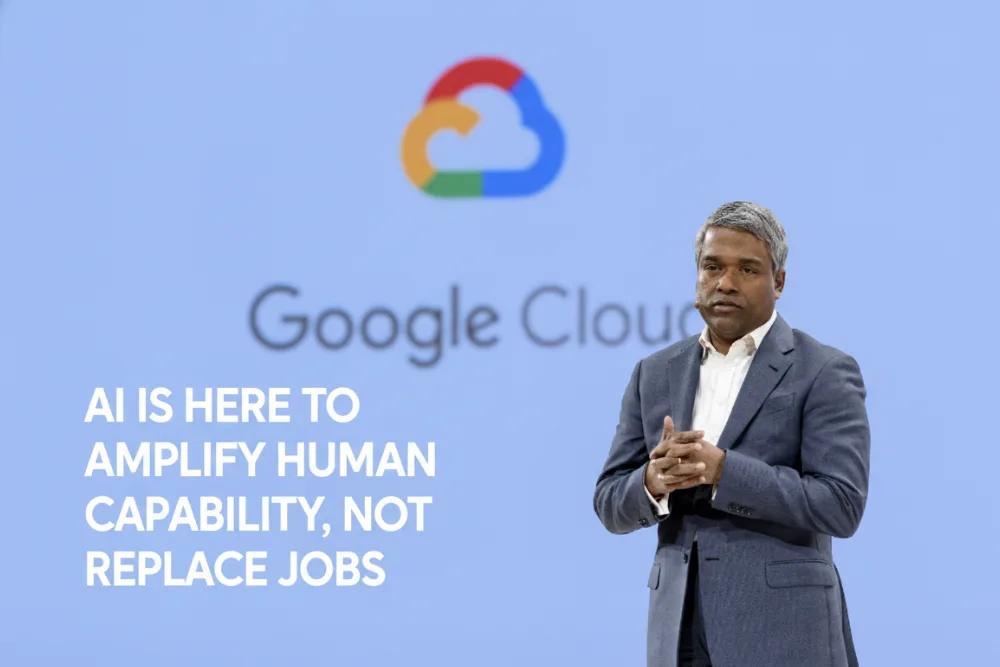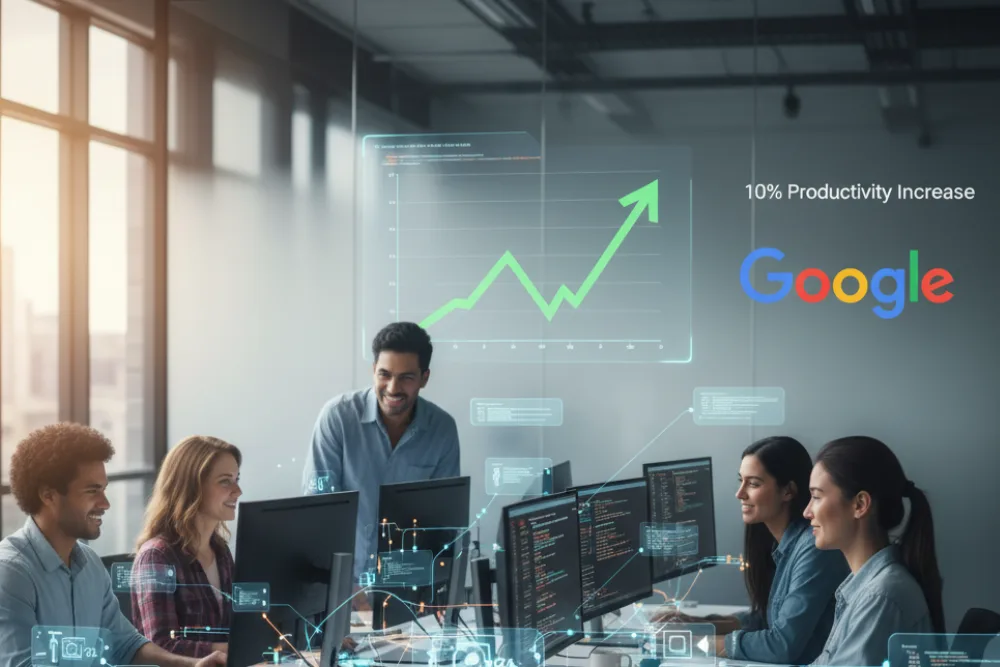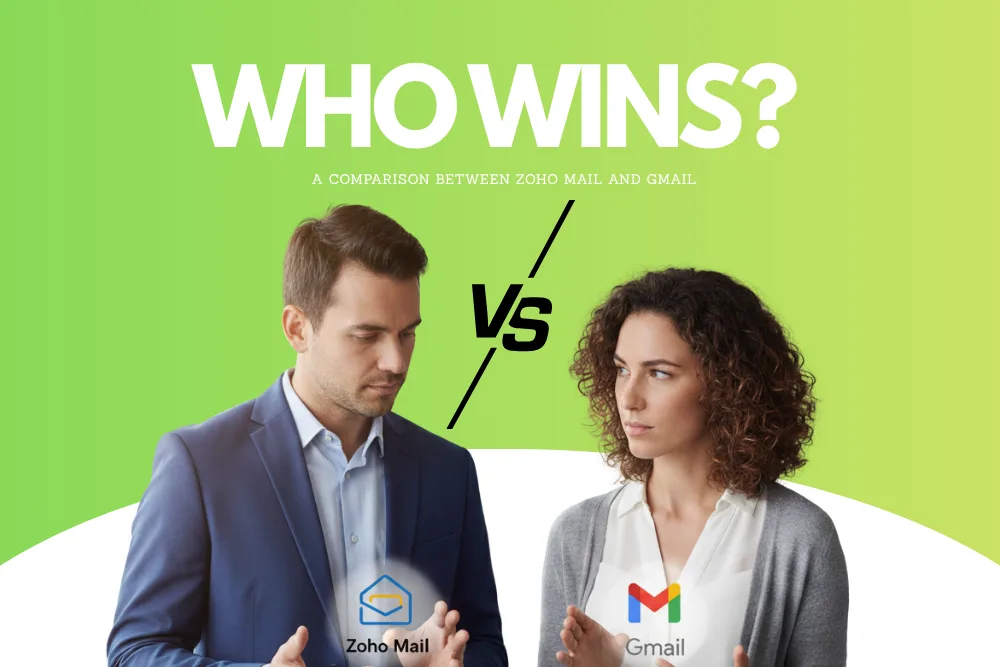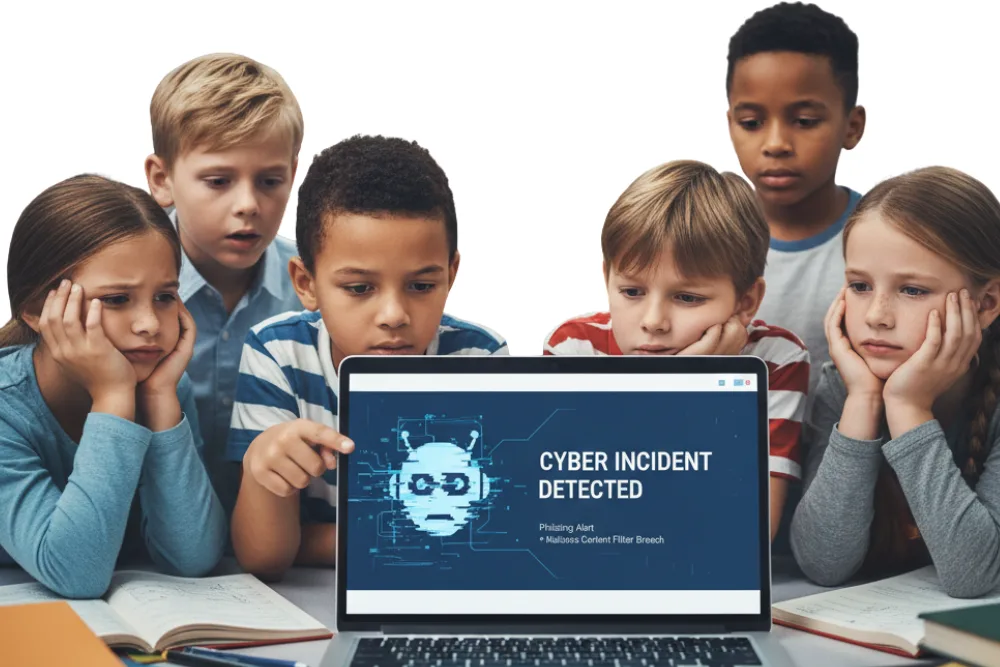Now Reading: Google Cloud CEO Thomas Kurian: AI Amplify Human Capability
-
01
Google Cloud CEO Thomas Kurian: AI Amplify Human Capability
Google Cloud CEO Thomas Kurian: AI Amplify Human Capability

As artificial intelligence continues to shape the global workforce, fears about widespread job losses remain a topic of debate. However, Google Cloud CEO Thomas Kurian has reassured the tech community that AI’s purpose is not to replace human jobs but to amplify human potential. Speaking in an interview with Big Technology, Kurian emphasized that AI is designed to assist, not displace, workers helping organizations become more efficient without reducing their workforce.
AI Expands Human Capability, Not Headcount
Thomas Kurian addressed growing concerns about AI-driven automation by highlighting how the technology enhances human productivity rather than replacing people. He explained that AI complements employees by managing repetitive and low-priority tasks, allowing workers to focus on more strategic and creative responsibilities.
Kurian used Google’s Customer Engagement Suite as a practical example. The AI tools and platform handles simple customer queries that were previously ignored or delayed because they did not require human intervention. Contrary to fears that such tools would result in layoffs, Kurian stated, “Almost none of our clients have let anyone go.”
Instead, these clients have benefited from improved operational efficiency and customer satisfaction. The automation of smaller tasks frees customer service agents to deal with more complex issues, creating a balanced workflow where humans and AI work together seamlessly.
How Google Measures AI’s Productivity Gains
Kurian’s perspective is supported by Google CEO Sundar Pichai, who has also spoken about AI’s positive role in enhancing workplace efficiency. During a discussion on the Lex Fridman Podcast, Pichai revealed that AI tools have increased engineering productivity by around 10% across Google.

The company tracks this improvement by measuring the extra hours of engineering output enabled through AI assistance. Pichai clarified that Google’s strategy is not to downsize teams but to expand hiring as AI opens new avenues for innovation. “The opportunity space of what we can do is expanding,” he noted, explaining that automation handles repetitive tasks while engineers focus on innovation and complex problem-solving.
The results are already evident. According to Pichai, over 30% of Google’s new code is now AI-generated, up from 25% in late 2024. This demonstrates how AI accelerates development cycles while maintaining quality and efficiency.
Know How to Spend Your 20s in an AI Era
Broader Industry Impact: Microsoft’s Experience
The shift toward AI-assisted development is not limited to Google. Microsoft UK CEO Darren Hardman recently reported that GitHub Copilot now generates 40% of Microsoft’s code, helping the company release more products in a single year than in the previous three combined.
This trend illustrates a broader industry movement where AI acts as a productivity multiplier rather than a job eliminator. Companies are increasingly leveraging AI to speed up development, reduce bottlenecks, and bring innovations to market faster all without replacing human expertise.
Why AI Complements, Not Competes
Kurian’s message underscores a growing understanding that AI is most effective when paired with human judgment and creativity. Machines can automate repetitive processes, but empathy, critical thinking, and innovation remain uniquely human traits.
By integrating AI into daily workflows, businesses can achieve greater scalability and consistency while empowering employees to focus on areas that drive real value. This approach transforms AI from a perceived threat into a collaborative partner that supports human progress.
Read about World’s First Humanoid Robot Football Match
Final note
The vision shared by Thomas Kurian and Sundar Pichai reflects a broader shift in how global tech leaders view artificial intelligence. Rather than reducing human roles, AI is redefining them, enabling professionals to work smarter, faster, and more creatively.
The future of work is not one where humans compete with machines but where they collaborate with AI to achieve outcomes once thought impossible. As Kurian emphasized, AI is here to amplify human capability not replace it.
FAQs
What did Thomas Kurian say about AI and jobs?
Kurian stated that AI is meant to enhance human productivity, not replace employees, particularly in business and tech sectors.
How does Google use AI to boost productivity?
Google uses AI tools to automate repetitive tasks, helping engineers increase efficiency by about 10%.
What is Google’s Customer Engagement Suite?
It is an AI-powered tool that manages minor customer queries, improving service without reducing staff.
Does AI lead to job losses in tech companies?
According to Kurian, AI adoption at Google and its clients has not resulted in layoffs. Instead, it enables employees to focus on higher-value work.
How much of Google’s code is AI-generated?
Over 30% of Google’s new code is now generated with AI assistance, a significant rise from 25% in 2024.
Related search: OpenAI’s GPT 5 vs Past Versions
Dony Garvasis is the founder of Search Ethics, a platform dedicated to transparency, authenticity, and ethical digital practices. With over six years of experience in SEO and digital marketing, I provide expert content on automobiles, Artificial intelligence, technology, gadgets, science, tips, tutorials and much more. My mission is simple: Ethical Search, Genuine Results! I will make sure people everywhere get trustworthy and helpful information.










